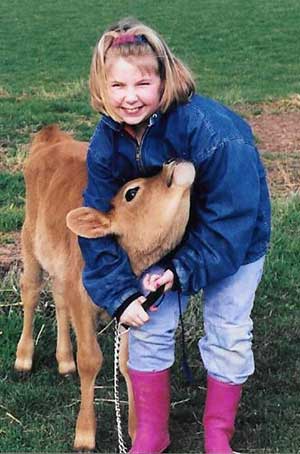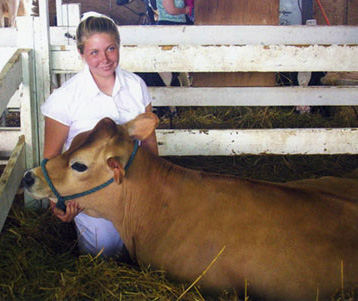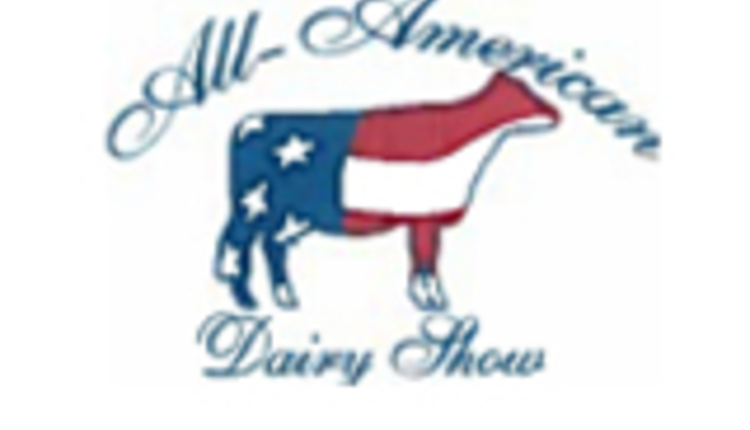 Growing up, I never had the most "stylish" animal in the show ring. When selecting bulls with my dad, I was always drawn to the production-focused columns before moving on to stature and type. The reason behind this was simple: I knew my tanbark trail began with and ended at the county fair. Outside of this one-week each year, we needed a cow that would milk and earn her stall in the barn.
Growing up, I never had the most "stylish" animal in the show ring. When selecting bulls with my dad, I was always drawn to the production-focused columns before moving on to stature and type. The reason behind this was simple: I knew my tanbark trail began with and ended at the county fair. Outside of this one-week each year, we needed a cow that would milk and earn her stall in the barn. Tuesday, an article was published in the Washington Post that struck a chord. Bearing the title, Swine for sale: How kids' livestock shows became a cutthroat (and expensive) business, the species was different, but the story was the same as the one I had lived.
When I was 8 and it was time to begin a 4-H dairy project, my mom worried that the Holsteins my family owned were too big for me to show. Spurred by this, my father traded our cow breeder a market-ready pig for two Jersey calves. And that's the day my prefix, MoonShadow Hills, was born.
Each year, the time would come to submit county fair entries and I had the pick of our 60-cow herd. This was quickly whittled down to a handful of animals as personal preference eliminated most of the Holsteins. Regardless, I chose from the animals that resided on my parent's dairy. Unlike other families, there was never any discussion of going out and purchasing a $4,000 cow or $1,000 heifer (or more) to show that year. If it didn't live on our property, it wasn't an option.
While the level of competition in the Jersey classes varied from year to year, I didn't take home a lot of first place ribbons early in my showing career. But through trial and error, I learned to breed better Jerseys and my luck in the ring began to turn.
But, for the times when I didn't place as well as I had hoped, my father would remind me of one important thing. "Come Sunday, you're one of the few who gets to take their animals home."
And, that was the real lesson in it all. Those were my cows. I hadn't leased them and they didn't belong to my parents. Aside from those first two, all the Jerseys on our farm held my prefix. That knowledge alone gave me more pride than any ribbon or trophy could provide.


The author, Amanda Smith, was an associate editor and an animal science graduate of Cornell University. Smith covers feeding, milk quality and heads up the World Dairy Expo Supplement. She grew up on a Medina, N.Y., dairy, and interned at a 1,700-cow western New York dairy, a large New York calf and heifer farm, and studied in New Zealand for one semester.









